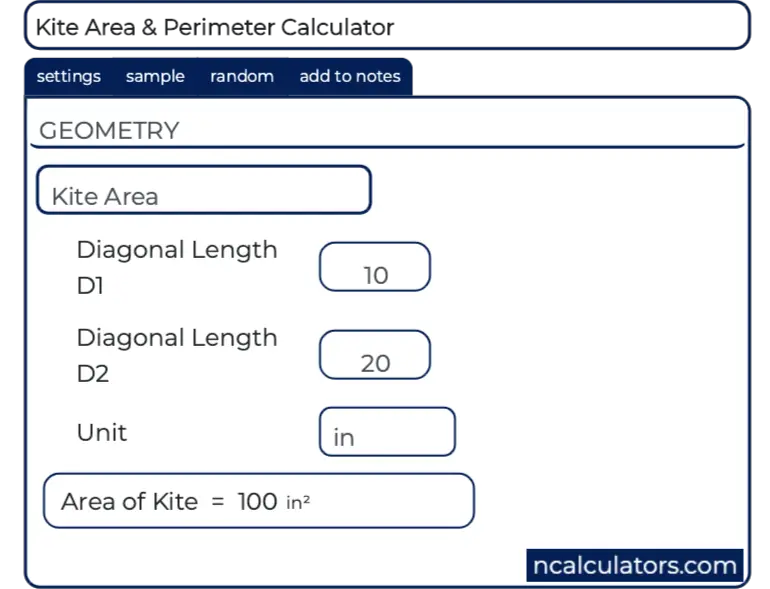
Hence the area is 14.5 x 16.5 / 2 = 119.63 square inches. The height is 16 1/2 inches or 16.5 inches. In inches, the width is 24 - 9 1/2 = 14 1/2 inches or 14.5 inches. Hence the area is 36 x 40.8 / 2 = 734.4 square centimeters. The width of Triangle 3 is 60 - 24 = 36 cm. Hence the area is 3.75 x 19.25 / 2 = 36.09 square inches. In inches, the width is 24 - 20 1/4 = 3 3/4 inches or 3.75 inches. Hence the area is 9.6 x 48 / 2 = 230.4 square centimeters. The width of Triangle 2 is not marked on the template, so we have to figure it out from the measurements that are there. Note how measurements in inches need to be converted to decimal first. The area of each triangle is its width times its height, divided by two.įor triangle 1, in centimeters, that's 36 x 21.6 / 2 = 388.8 square centimeters. Step 1. From the diagram, you can see that the template shape contains three triangles. Done! Convert to other units if desired.īoth the "area of a kite" examples are worked in centimeters and inches, so you can follow in whatever system you are most comfortable with.

Where the spars cross, out to the tip, multiplied by the height (nose to Suppose you have bought yourself a diamond that In inches, let's say your delta was 40 inches from nose to tailĪnd 45 inches from vertical spar to wingtip. The whole sail has an area of 70 x 80 = 5600 square centimeters. Tail, and 80 cm from vertical spar to wingtip, along the trailing edge. For example, if your delta is 70 cm from nose to Multiplied by the kite's height (nose to tail) gives the total area ofĭelta. The distance from the vertical spar out to the "wingtip" If you just want to find the area of a simple delta or diamond, there is a very quick and easy way! The Big MBK E-book Bundle is a collection of downloads - printable PDF files which provide step-by-step instructions for many kites large and small. Want to know the most convenient way of using it all? On this site, there's more kite-making info than you can poke a stick at :-)


 0 kommentar(er)
0 kommentar(er)
